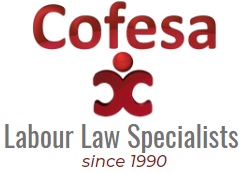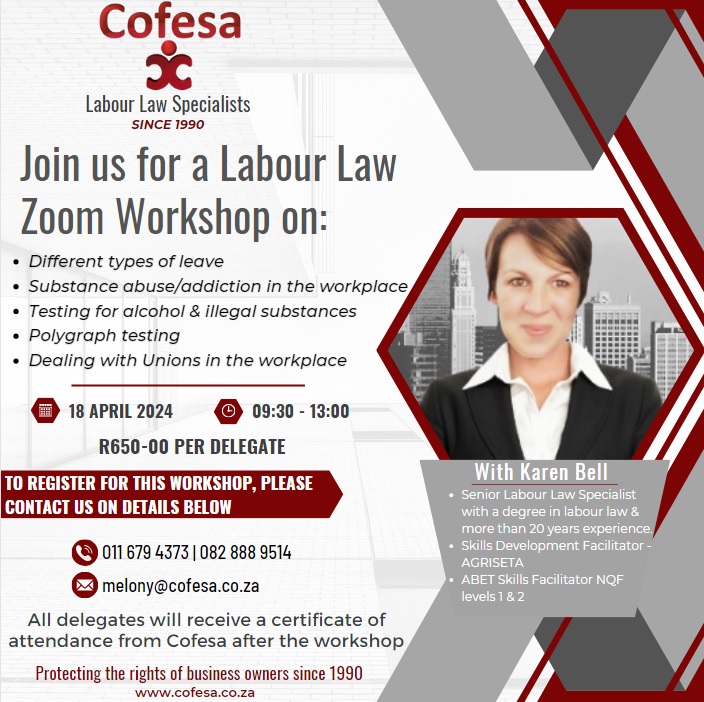Have you ever received an LRA Form 7.11 and felt unsure of what your next step should be? In this article the procedure will be explained to you and you will never have to wonder about it again.
1. Where does the LRA 7.11 Dispute Referral form come from?
When a dispute between an Employer and Employee arises, either party or a representative of the party completes a 7.11 Dispute Referral Form and submit this form to the CCMA. It is important to note that a copy of this form must be provided to the other party. If the referring party neglects to provide a copy of the form to the other party, the referral maybe deemed defective. After being notified that a case at the CCMA has been opened the parties wait to be issued with a Notice of Set-Down informing them of the date and time of the hearing they will need to attend.
2. The Notice of Set-Down:
After the submission of the LRA 7.11 Dispute Referral form, the parties receive a Notice of Set-Down. The Set-Down contains critical information the parties will need to proceed with the matter, the case number, the date and time of the hearing, the primary issue and the process to be followed (Conciliation, Con-Arb or Arbitration).
3. The Process (Conciliation, Con-Arb or Arbitration):
The process of a CCMA Matter is divided into three categories namely Conciliation, Con-Arb or Arbitration.
A Conciliation is an informal discussion between the Employer and Employee facilitated by a Commissioner of the CCMA, in an attempt to settle the matter before the matter proceeds to arbitration. If the matter is settled, a settlement agreement is signed by both parties binding them to their agreed settlement.
The Con-Arb Process is the most common practice in CCMA Matters. This process combines the Conciliation and Arbitration processes. During a Con/Arb the process will happen in two phases. The first phase is conciliation where the parties attempt to settle the matter. If they are unable to settle the matter, the Commissioner will proceed with the second phase, the Arbitration process, directly after the Conciliation process on the same day. Parties may object to Arbitration following directly after the Conciliation by serving a Notice of Objection on the CCMA as well as the other party. In doing this the Arbitration will be rescheduled for another date id the parties cannot settle the matter during conciliation.
Arbitration is a formal procedure facilitated by a Commissioner of the CCMA. During this process the parties will be given the opportunity to state their case, provide their evidence and call and question witnesses. After this process is done the Commissioner has 14 days to provide the parties with a judgment.
The CCMA process can become quite difficult and complicated.
Let Cofesa help & guide you through it.
It is just required that you send us the LRA 7.11 Form and the Set-Down as soon as you receive it.
Written by Henry Jacobs, Riaan Waldick & Nicole Waldick from our Pretoria branch-Curvest

